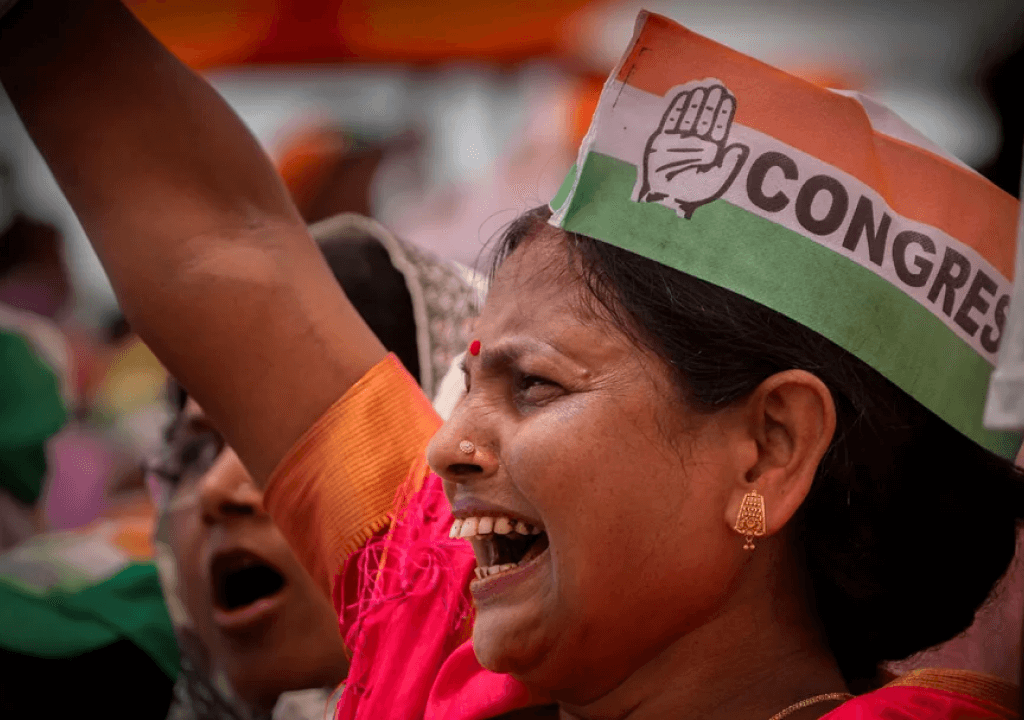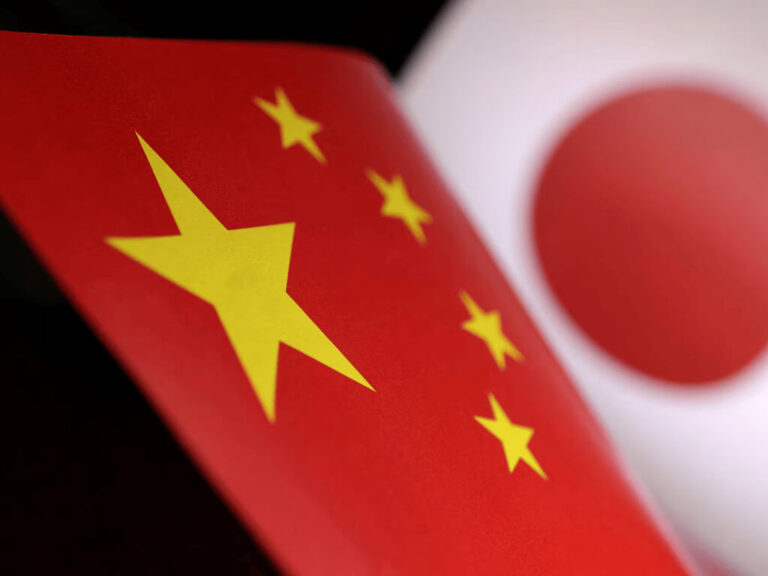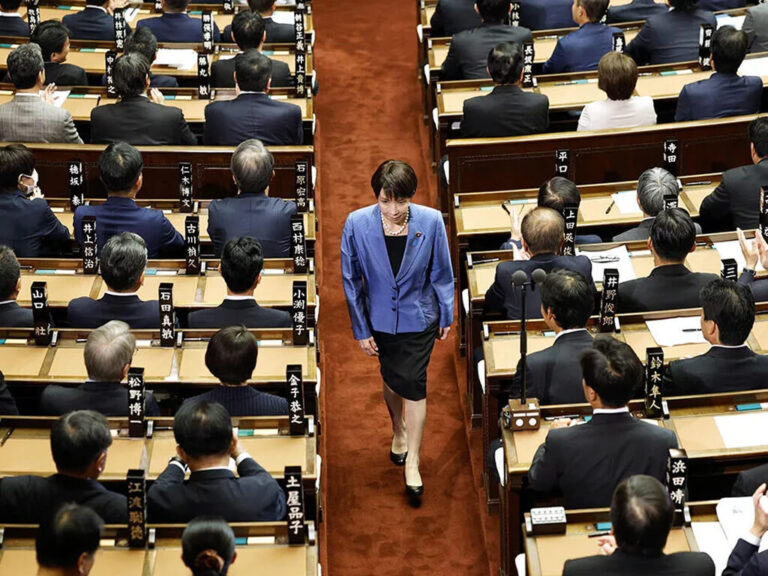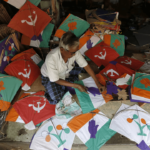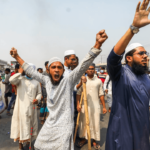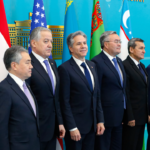It has been a year since Narendra Modi began his third term as Prime Minister—something no Indian leader has done since Jawaharlal Nehru. But this time, things were different. Modi’s party, the BJP, failed to win a majority on its own. A stronger and more united opposition, grouped under the INDIA bloc, pushed back hard. They stopped the BJP from ruling alone and forced it to depend on allies. The opposition gained momentum, won more seats, secured the Leader of the Opposition post, and entered Parliament with new energy.
But one year later, that unity has fallen apart. The alliance that once stood together now looks divided. Joint campaigns have stopped. Coordination is weak. The opposition no longer speaks with one voice. As a result, the BJP has regained control of Parliament without much resistance. What happened over the past year that caused the opposition to lose its way so quickly?
Egoistic Congress
The Indian National Congress, often referred to as the grand old party of Indian politics and once a dominant force that ruled the country for over five decades, experienced a significant revival in the last general election. After suffering two consecutive and devastating defeats in previous parliamentary polls, the party managed to win 99 seats—enough to secure the post of Leader of the Opposition for the first time in a decade. This position granted Congress more speaking time in Parliament and greater representation on key committees. In the early days of the new Parliament, the performance of the newly appointed opposition leader, Rahul Gandhi—scion of the Nehru-Gandhi dynasty—was widely praised. His body language was assertive, his presence strong, and the media response overwhelmingly positive.
However, this resurgence appears to have inflated egos. Congress’s over dominance and overconfidence soon began to undermine opposition unity. The party resisted seat-sharing arrangements with alliance partners in the upcoming state elections in Haryana and Delhi, and refrained from inclusive expansion in Maharashtra—straining ties with allies like the Samajwadi Party, Aam Aadmi Party, and smaller regional groups. These decisions ultimately led to defeats in state elections and fractured the opposition coalition both in Parliament and at the state level, costing them critical opportunities and damaging Congress’s credibility as a cooperative ally.
Gandhi’s missteps have also drawn significant criticism from his own alliance. His controversial remarks about the electoral process and immature statements made during foreign visits were picked up by international media and triggered domestic backlash. His lack of political tact became especially evident during the most recent India-Pakistan escalation, when his team’s social media campaign featured symbolic attacks—such as portraying the Prime Minister as “Headless” or submissive—and questioned the Indian Army’s credibility during a period of heightened nationalism. These actions backfired, alienating both the public and opposition allies, many of whom have since distanced themselves from Congress.
The media has also accused Rahul Gandhi of sidelining seasoned parliamentarians like Shashi Tharoor and N.K. Premachandran—both highly capable and experienced debaters who could effectively challenge the BJP—in order to keep the spotlight on himself.
Opportunistic regional parties
In the last general election, many regional parties found it politically advantageous to join the Congress-led INDIA bloc, leveraging anti-BJP sentiment and contributing to a broader national-level opposition narrative. This alliance helped consolidate anti-BJP votes, creating what was expected to be a relatively smooth ride for the BJP—but the results proved more competitive. Alongside Congress, several regional parties gained significant ground, increasing their visibility and speaking time in Parliament. Ironically, many of these parties had originally built their political identities in opposition to the Congress.
The Samajwadi Party, for instance, delivered its best performance to date, securing 37 seats. The Trinamool Congress, a party that broke away from Congress, won 29 seats, and the DMK secured 22. However, after the elections, the problem of disunity within the INDIA bloc began to surface. Several regional leaders frequently disagreed with Rahul Gandhi, and many started to operate independently. This was evident in various parliamentary moments, including walkouts—where Congress took the lead but other INDIA alliance parties did not follow.
It increasingly appears that these regional parties are more focused on protecting and expanding their own influence within their home states than on advancing a shared national agenda. They have resisted becoming subordinate to the Indian National Congress and have grown wary of the party’s reluctance to engage in fair seat-sharing negotiations in assembly elections. Congress’s refusal to support their ambitions to expand beyond their traditional strongholds has further strained the alliance.
As a result, many regional parties no longer see value in aligning closely with Congress. With no clear pathway for growth within the coalition, they are gradually distancing themselves from the Indian National Congress.
What lies ahead for the Indian opposition?
While the opposition parties successfully formed an alliance, many were hopeful that India would finally witness the return of a functioning opposition in Parliament after a decade. It felt like the country was on the brink of restoring the essence of classic parliamentary democracy.
But that hope has quickly faded.
The opposition alliance is no longer a cohesive unit. It has fractured into a collection of self-interested parties, each pursuing its own agenda. Some, like the Nationalist Congress Party (Sharad Pawar faction), which holds seven seats, and the Jammu and Kashmir National Conference, with just two seats, are rumored to be drifting toward the ruling BJP-led NDA. If these defections happen, it will further embolden the ruling alliance.
If the INDIA bloc fails to perform well in the upcoming Bihar elections, the chances of preserving opposition unity will become even slimmer—possibly leading to the sudden collapse of the Indian opposition. Not because of the actions of the ruling party, but due to the opposition’s own missteps.

